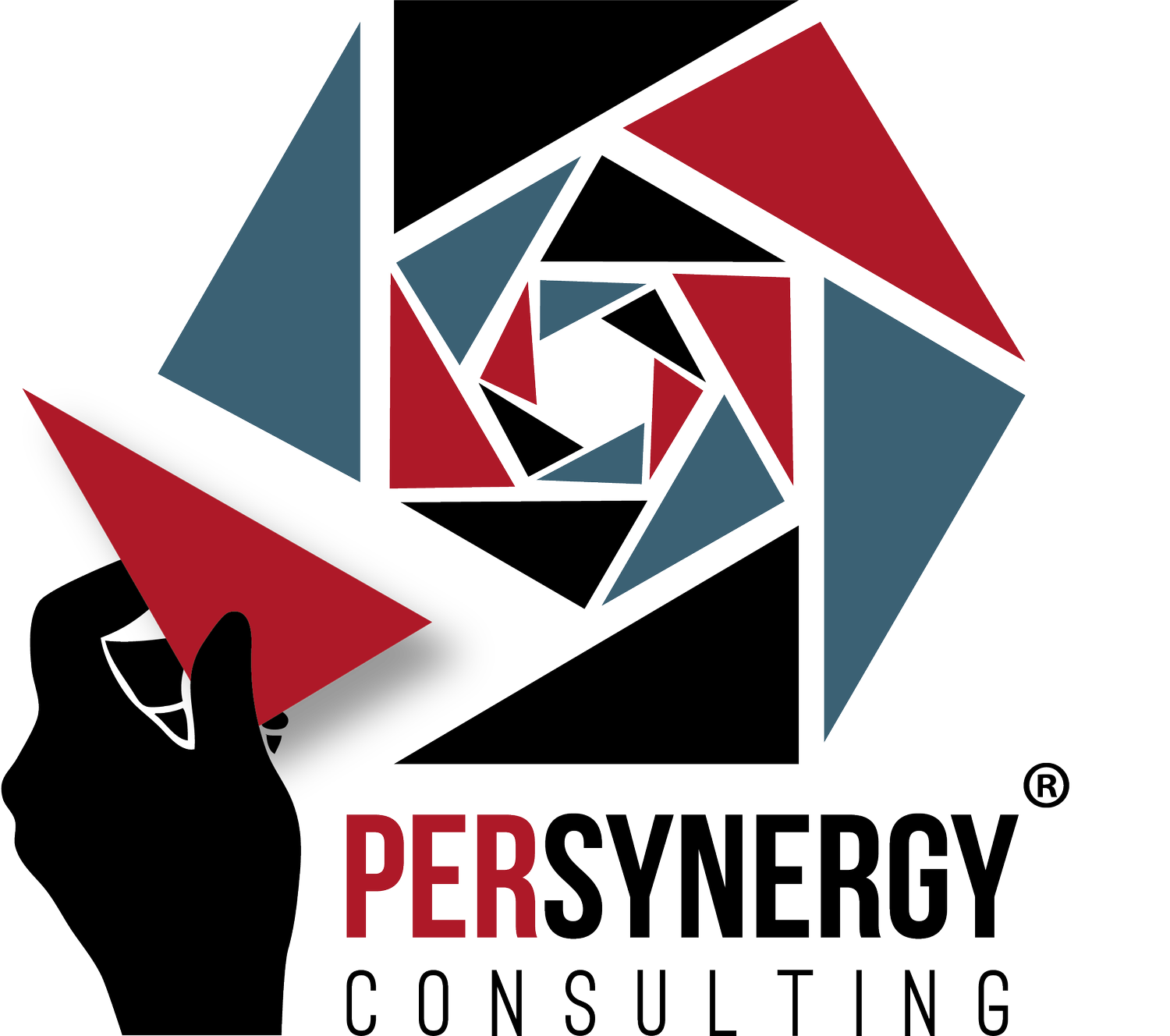Over the years, I have seen a serious up-tick in management dialogue around the people aspects of change, the number of professionals exclusively focused on change and the resources/tools available to help organizations manage it. And yet, research continues to show at least two-thirds of change initiatives are failing to deliver the value they promise (Sources: Bain & Company, Boston Consulting Group, McKinsey, etc.).
Why? Change is hard. It is inherently people intensive and people naturally resist change. In our practice, we get a front row seat to the planning and execution of dozens of critical, enterprisewide, change initiatives every year. Time and again, we find organizations falling prey to these three avoidable pitfalls that can cause a lot of pain and dilute the potency of even the craftiest of business initiatives.
- Putting Project Planning Before Change Planning
- Turning Leaders into Followers
- Executing Amidst Anger & Fear
1. Putting Project Planning Before Change Planning
I can't even count the number of times we have been asked to help develop a change management plan for a project that already has a lead, a project manager and a project plan - as if these weren't critical outcomes of a well-articulated change strategy! Project team leadership, management and membership should be chosen thoughtfully and in accordance with who be impacted by the change, who will need to own it and who will maintain the finished product. And, just as important, what is the balance of personalities on the team? Are there any doubting Thomas'? A project team full of highly motivated, high potential champions who are bought in from the beginning is likely to underestimate the change impacts at every turn. Whereas having some team members who challenge everything is likely to help uncover some hidden barriers to implementation. Essentially, clarifying the right change management strategy for each effort (ahead of creating a project plan), allows the leadership team to ensure the strategy penetrates every project decision - whereas, layering it on afterwards can make the change plan feel like additive fluff and force leaders to decide between extending deadlines or rejecting good ideas.
2. Turning Leaders into Followers
In large companies, project teams and change management experts frequently and mistakenly take on the burden of leading execution - rather than keeping this responsibility squarely on the shoulders of the management team. Project teams who lead implementations tend to leverage forums that leaders provide (like time during a staff meeting), but not the leaders themselves. Quite often, the leaders actually prefer it this way - there is less for them to learn and they have a clear place to defer questions (and blame). However, when project teams know the management team will lead the change, they involve these leaders more frequently, the leaders themselves ask more questions, make more suggestions and take more ownership. We suggest involving leaders from the beginning, assessing change impacts, developing the change plan and playing a leadership role in execution. Any other approach puts them in the passenger seat when you desperately need them to drive!
3. Executing Amidst Anger & Fear
The field of psychology is clear on the predictable impact of change upon the human psyche - it is not much different than processing the death of a loved one (first denial, then anger, followed by bargaining, depression and acceptance). The business community seems to have accepted this information as true but it doesn't seem to be taking tangible action based on it. At PerSynergy Consulting, we believe one critical way to integrate this information into change planning is to expose the target audience to key changes (in meaningful ways) well ahead of the need for coordinated action. Doing so provides time for employees to visualize the future, understand their place in it and go through the associated emotional curve. Project workshops, test sandboxes (in the case of technology changes) and group scenario planning are all good ways to do this - even when negative people impacts like staff reductions are expected (no - especially when they are expected). It is better to be managing these predictable emotions prior to the need for action than during.
Conclusion
While there is nothing new about any of this advice, organizations side step it daily. They do so for a variety of reasons which sound justifiable at the time (costs, timing, etc.). Unfortunately, not heeding it, ensures your implementation will take place without the right level of change planning or leaders needed and amidst a dangerous cocktail of emotions, none of which is conducive to coordinating complex action across the enterprise.
Ed Tyson is a Marine Corps veteran, former strategy executive and co-founder of PerSynergy Consulting (www.PerSynergyConsulting.com) - a boutique consulting firm focused on strategy development and execution; individual, team and organizational development; and performance improvement.
